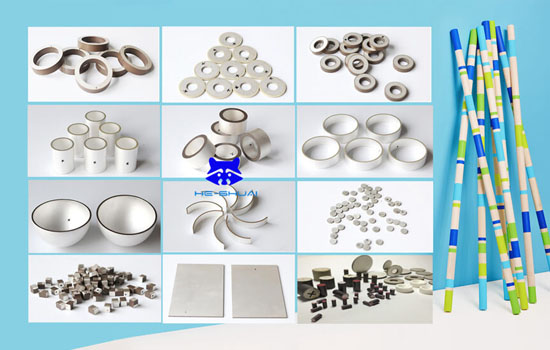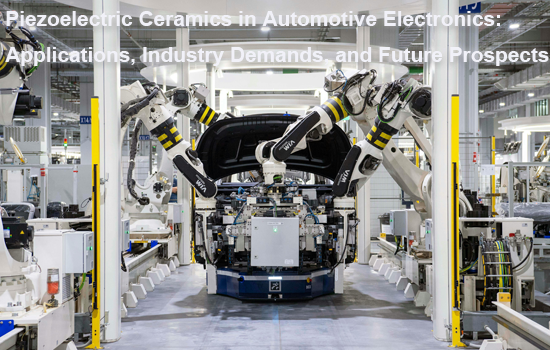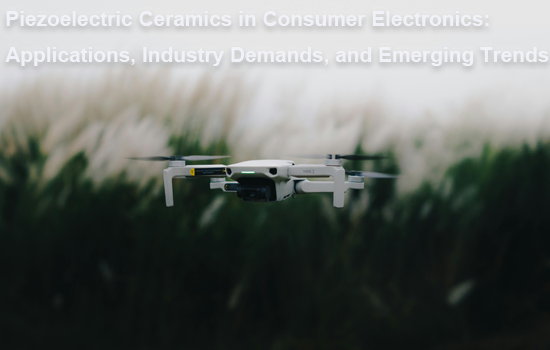Finding the piezo expert to help you for saving on more time and cost
This is the most frequent question about “how to choose the piezo material for my project”, whether you have the same doubt? As a piezo supplier, HE SHUAI company. The short answer is to contact us now. Cause finding the piezo expert for helping you for saving on more time and cost. Also, you will understand it well after reading this article.You will know these before you reading
- What is piezoelectric ceramic material?
- what is inorganic piezoelectric material?
- What is organic piezoelectric material?
- What is piezo composite?
- What is the most efficient piezoelectric material?
- what is hard piezo material?
- What is soft piezo material?
- What is PZT-4?
- What is PZT-8?
- What is PZT-5A?
- What is PZT-5H?
- What is PZT-5J?
- What are some examples of piezoelectric materials?
- What is the Curie temperature of PZT?
- Other questions:
- What is the most powerful piezoelectric material?
- How much voltage can piezoelectrically produce?
- Is piezoelectric AC or DC?
- Can piezoelectric charge a battery?
- Is quartz piezoelectric?
1. What is piezoelectric ceramic material?
There are mainly three kinds of piezoelectric materials: inorganic piezoelectric material、organic piezoelectric material、piezo composite。2. what is inorganic piezoelectric material?
Inorganic piezoelectric materials are divided into piezoelectric crystals and piezoelectric ceramics. Piezoelectric crystals generally refer to piezoelectric single crystals; piezoelectric ceramics generally refer to piezoelectric polycrystals. Piezoelectric ceramics refer to polycrystals formed by the random collection of fine grains obtained by mixing, molding, and high-temperature sintering with the necessary ingredients of raw materials, and the representative piezoelectric Ceramics include barium titanate piezoelectric ceramics, lead zirconate titanate piezoelectric ceramics, niobate piezoelectric ceramics, and lead magnesium niobate piezoelectric ceramics, which can be understood as a collection of multiple crystals. The quartz watches and gas stoves in our lives use piezoelectric crystals and piezoelectric ceramics respectively.3. What is organic piezoelectric material?
Organic piezoelectric materials are also called piezoelectric polymers, such as polyvinylidene fluoride (PVDF) (film) and another organic piezoelectric (film) materials represented by others. This kind of material has the advantages of flexibility, low density, low impedance, and high voltage constant (g), which has attracted worldwide attention and has developed very rapidly. Now it is used in underwater acoustic ultrasonic measurement, pressure sensing, ignition, and detonation. Compared with piezoelectric ceramics and piezoelectric crystals, piezoelectric polymers have high strength and impact resistance, significantly low dielectric constant, flexibility, low density, high sensitivity to voltage, low acoustic and mechanical impedance, Higher dielectric breakdown voltage occupies a unique position in technical applications and devices.
PVDF piezoelectric polymer film has strong piezoelectricity and good flexibility, especially its acoustic impedance is very close to that of air, water, and biological tissue, and is especially suitable for making liquid, biological, and gas transducers.
4. What is piezo composite?
 The composite piezoelectric material is composed of two-phase or multi-phase materials, usually, a composite material composed of piezoelectric ceramics (PZT) and polymers (PVDF or epoxy resin). It is formed by embedding sheet-like, rod-like, rod-like, or powder-like piezoelectric materials in an organic polymer base material. The ceramic phase in such composites interconverts electrical and mechanical energy, while the polymer matrix enables stress transfer between the ceramic and the surrounding medium. This material combines the advantages of piezoelectric ceramics and polymer materials. Compared with traditional piezoelectric ceramics or piezoelectric single crystals, it has better flexibility and machinability, is easy to process and shape, and has low density, The speed of sound is low. Compared with the polymer piezoelectric, its piezoelectric constant and electromechanical coupling coefficient are higher, so the sensitivity is higher. In addition, the composite material composed of piezoelectric composite material and magnetostrictive material also has a magnetoelectric effect. So far, it has been widely used in underwater acoustics, electroacoustics, ultrasound, medicine, and other fields.
The composite piezoelectric material is composed of two-phase or multi-phase materials, usually, a composite material composed of piezoelectric ceramics (PZT) and polymers (PVDF or epoxy resin). It is formed by embedding sheet-like, rod-like, rod-like, or powder-like piezoelectric materials in an organic polymer base material. The ceramic phase in such composites interconverts electrical and mechanical energy, while the polymer matrix enables stress transfer between the ceramic and the surrounding medium. This material combines the advantages of piezoelectric ceramics and polymer materials. Compared with traditional piezoelectric ceramics or piezoelectric single crystals, it has better flexibility and machinability, is easy to process and shape, and has low density, The speed of sound is low. Compared with the polymer piezoelectric, its piezoelectric constant and electromechanical coupling coefficient are higher, so the sensitivity is higher. In addition, the composite material composed of piezoelectric composite material and magnetostrictive material also has a magnetoelectric effect. So far, it has been widely used in underwater acoustics, electroacoustics, ultrasound, medicine, and other fields.
5. What is the most efficient piezoelectric material?
HE SHUAI company experts share the selection of piezoelectric ceramic materials for you. Commonly used materials for piezoelectric ceramics are: PZT-2, PZT-4, PZT-5A, PZT-5H, and PZT-8, each type has unique characteristics.6 what is hard piezo material?
An acceptor dopant in a ceramic formulation creates oxygen (anion) vacancies in the crystal structure. Hard ceramics have characteristics generally opposite those of soft ceramics, including Curie points above 300°C, small piezoelectric charge constants, large electromechanical coupling factors, and large mechanical quality factors. They also are more difficult to polarize or depolarize. Although hard ceramics generally are more stable than soft ceramics, they cannot produce the same large displacements. Hard ceramics are compatible with high mechanical loads and high voltages.7. What is soft piezo material?
soft ceramics - are characterized by large electromechanical coupling factors, large piezoelectric constants, high permittivity, large dielectric constants, high dielectric losses, low mechanical quality factors, and poor linearity. Soft ceramics produce larger displacements and wider signal bandwidths, relative to hard ceramics, but they exhibit greater hysteresis and are more susceptible to depolarization or other deterioration. Lower Curie points (generally below 300°C) dictate that soft ceramics be used at lower temperatures. Generally, large values for permittivity and dielectric dissipation factor restrict or eliminate soft ceramics from applications requiring combinations of high-frequency inputs and high electric fields. Consequently, soft ceramics are used primarily in sensing applications, rather than in power applications.
8. What is PZT-4?
PZT-4: Mainly used in high-power acoustic radiation sensors, because of its strong anti-depolarization ability under high voltage drive, low dielectric loss, and strong anti-depolarization ability under mechanical force, it is more suitable for deep immersion acoustic sensors, or as an actuator for generators, etc.9. What is PZT-8?
PZT-8: Similar to PZT-4, it has low dielectric loss under a high electric field drive. Recommended for applications requiring higher power handling capabilities than PZT-4.10. What is PZT-5A?
PZT-5A: Due to its high impedance, high sensitivity, and high stability at elevated temperatures, the product is mainly used in hydrophones or precision instruments.11. What is PZT-5H?
PZT-5H: The sensitivity and dielectric constant are higher than those of PZT-5A, and other properties are similar to those of PZT-5A, but the Curie temperature is significantly lower than that of PZT-5A, so its temperature stability is limited.
12. What is PZT-2?
PZT-2: No other advantages compared to PZT-4 or PZT-5A other than lower dielectric constant. Therefore, the application range of PZT-2 is relatively narrow.




